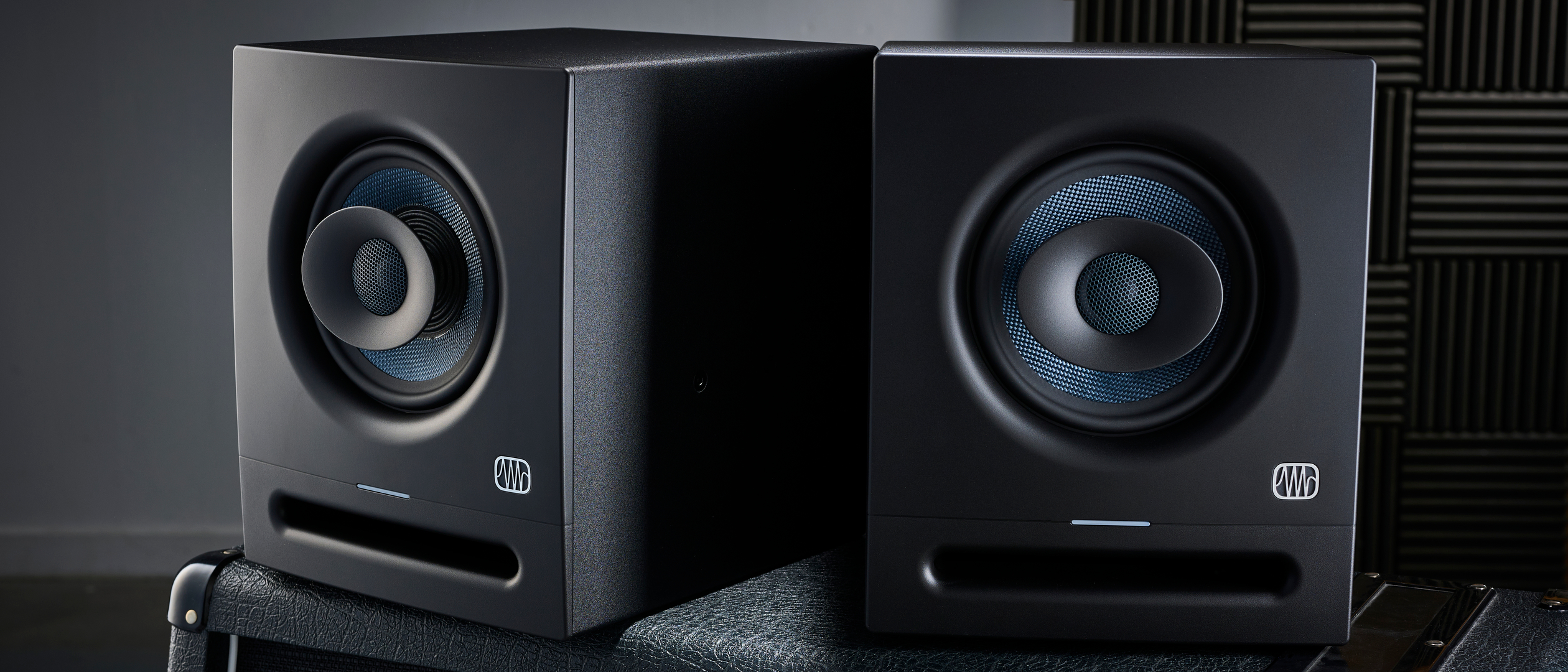Guitar World Verdict
The PreSonus Eris Pro 6 is a speaker that, whilst lacking a little clarity in the low end, excels in every other aspect, providing a great listening experience and a valuable reference for mixing in a home studio
Pros
- +
Clear and well-rounded mids and highs.
- +
Coaxial design for even listening in different positions.
- +
Not too expensive.
Cons
- -
The low end could be clearer.
- -
Not the most exciting aesthetically.
You can trust Guitar World
What is it?
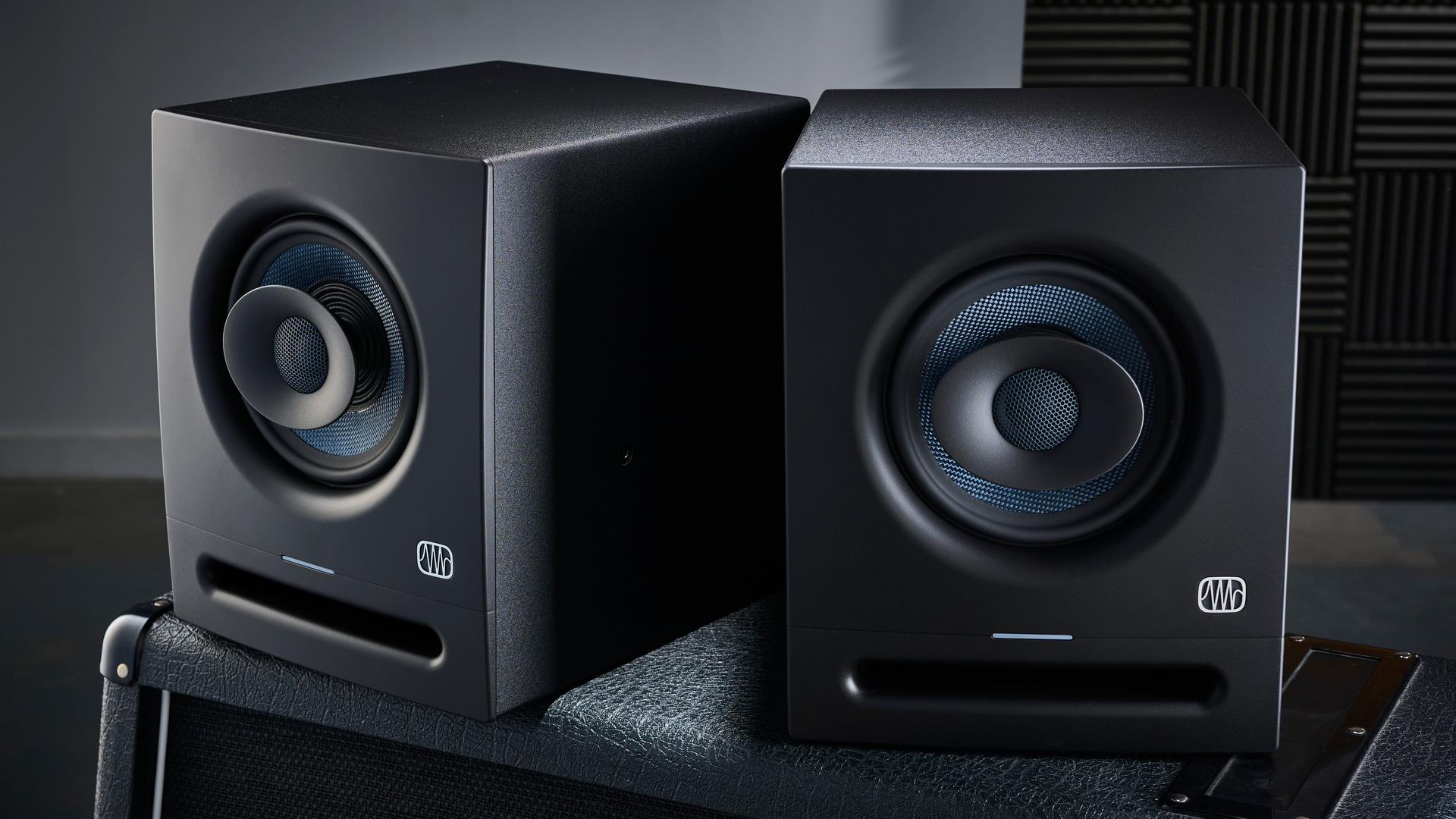
The last thing we want to happen after spending hours curating the perfect mix is to find that our painstakingly constructed audio only sounds good on the one set of speakers we did the mixing on. We want our guitar mixes to translate from our reference speakers to the car stereo, phone, tablet, and the myriad of other devices it may be played on. Hence, it is important to have a good set of studio monitors.
Thankfully, we have plenty to choose from, one such option being the PreSonus Eris Studio Pro 6. Designed to give us an accurate representation of the audio we are listening to, PreSonus is aiming to provide a reasonably priced, capable set of monitors.
Specs
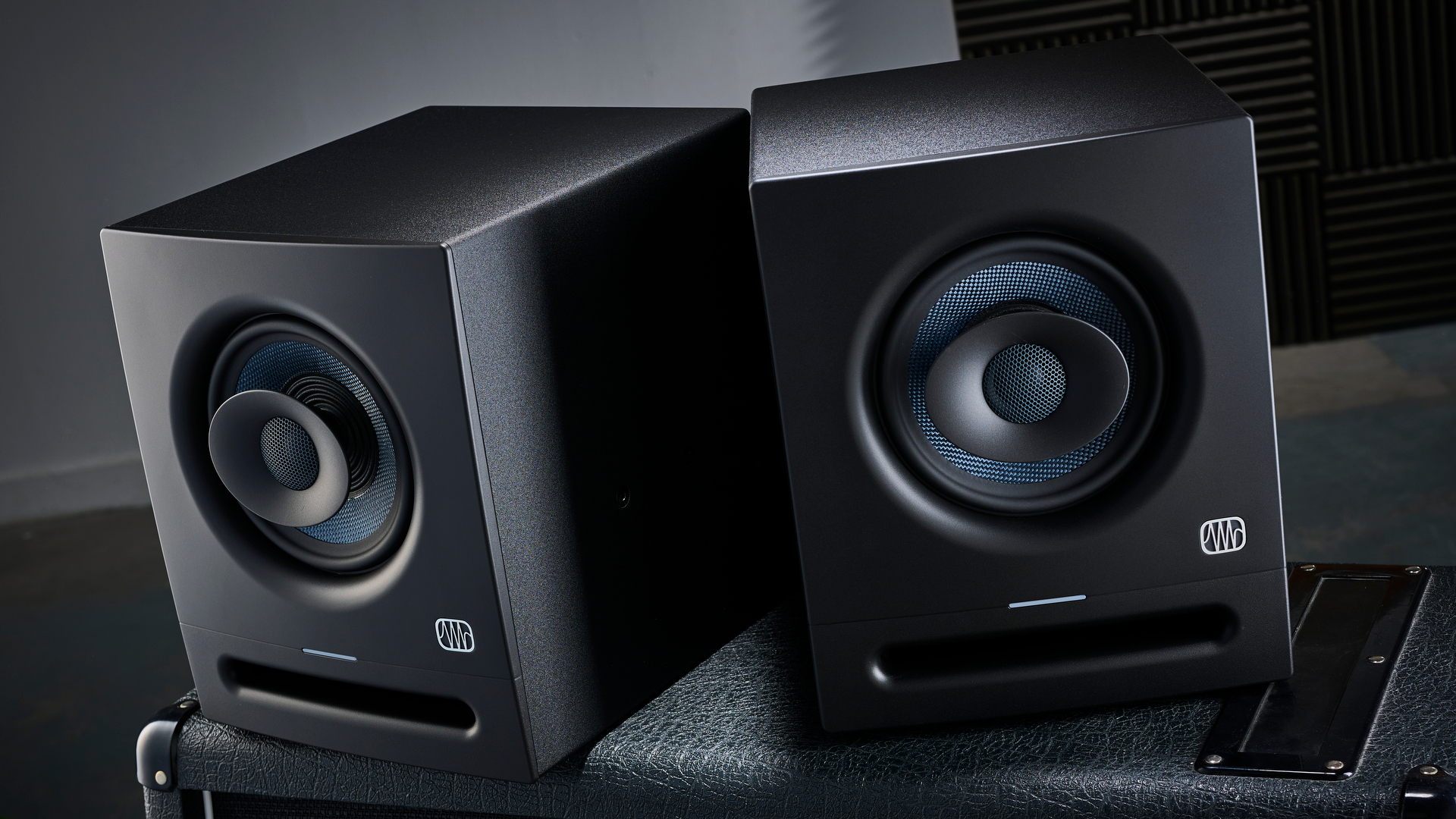
- Launch price: $279/£289/€339
- Type: Speakers/Studio Monitors
- Design: Coaxial, front ported, active
- Output: LF 75 Watts, HF 65 Watts
- Drivers: LF 6.5" HF 1.25"
- Power Amplifier Type: Class AB
- Controls: Mid, High, Gain, Acoustic Space, Low Cut
- Inputs: 1xXLR, 1xBalanced 1/4" TRS, 1xRCA
- Weight: 16.9lbs/7.7kg
- Dimensions: 24cmx29cmx28.4cm, 9.45"x11.4"x11.19"
- Power: IEC, 100-240 VAC
- Frequency response: 35Hz - 20kHz
- Peak SPL: 106dB (At 1 meter)
- Contact: Presonus
Build quality
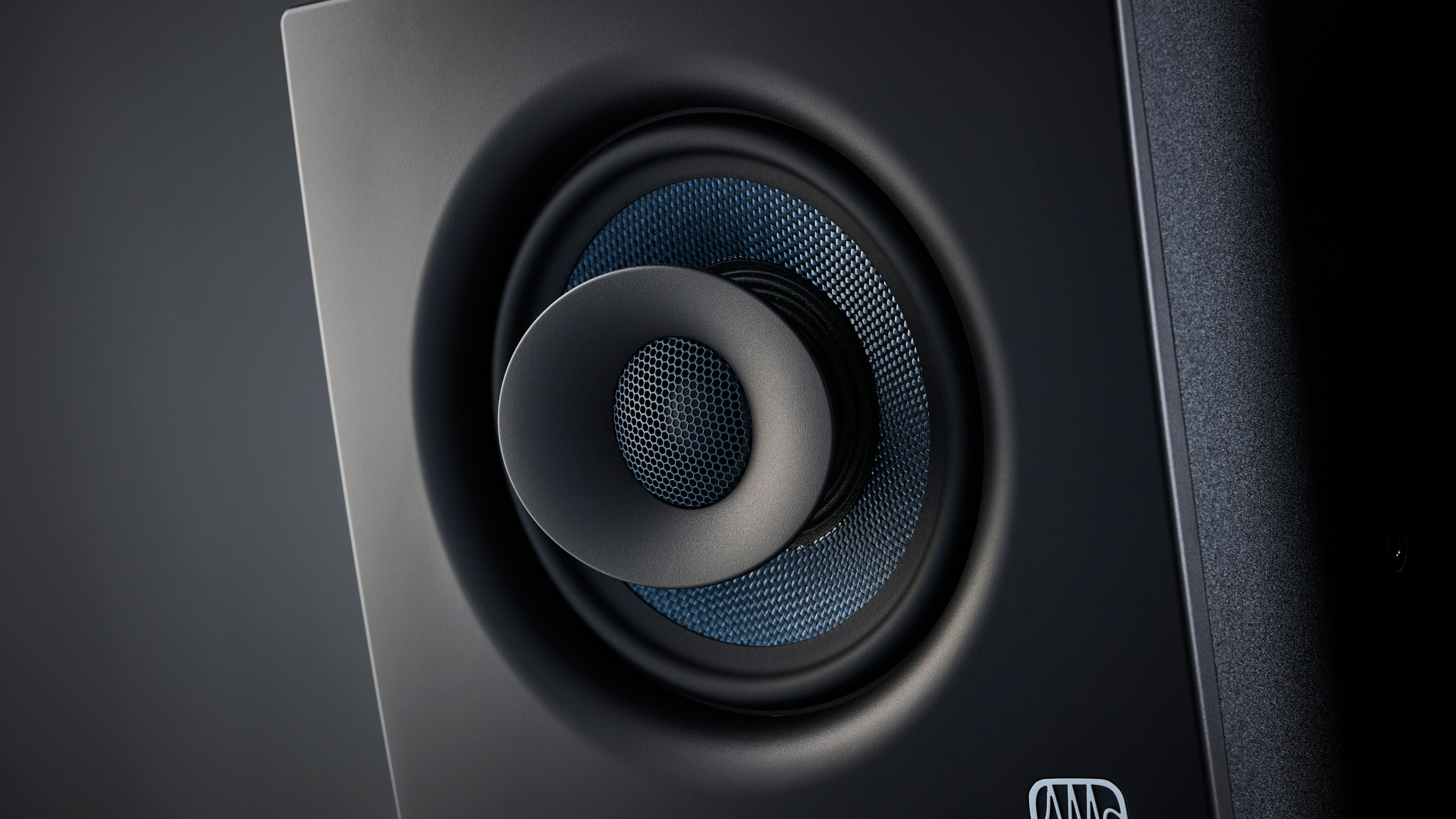
Build quality rating: ★★★★★
The ruggedness of the PreSonus Eris Pro 6 is immediately apparent, with a clumsy proof heft that will happily cope with most mishaps that may befall a set of speakers. They do look quite understated without the colours present in other speakers, such as the Yamaha HS range or the KRK Rokit equivalent, which will please some folks but perhaps not others.
Continuing in a subjective vein, the tweeter protrudes from the housing in a way that some might call fairly utilitarian. I don’t mind it, but something like the Tannoy Gold series might be more aesthetically pleasing to those who do. Either way, the coaxial design provides a sound that doesn’t change much as you move around the speakers, so a good choice for someone mixing at home who will often be sitting quite close to the monitors.
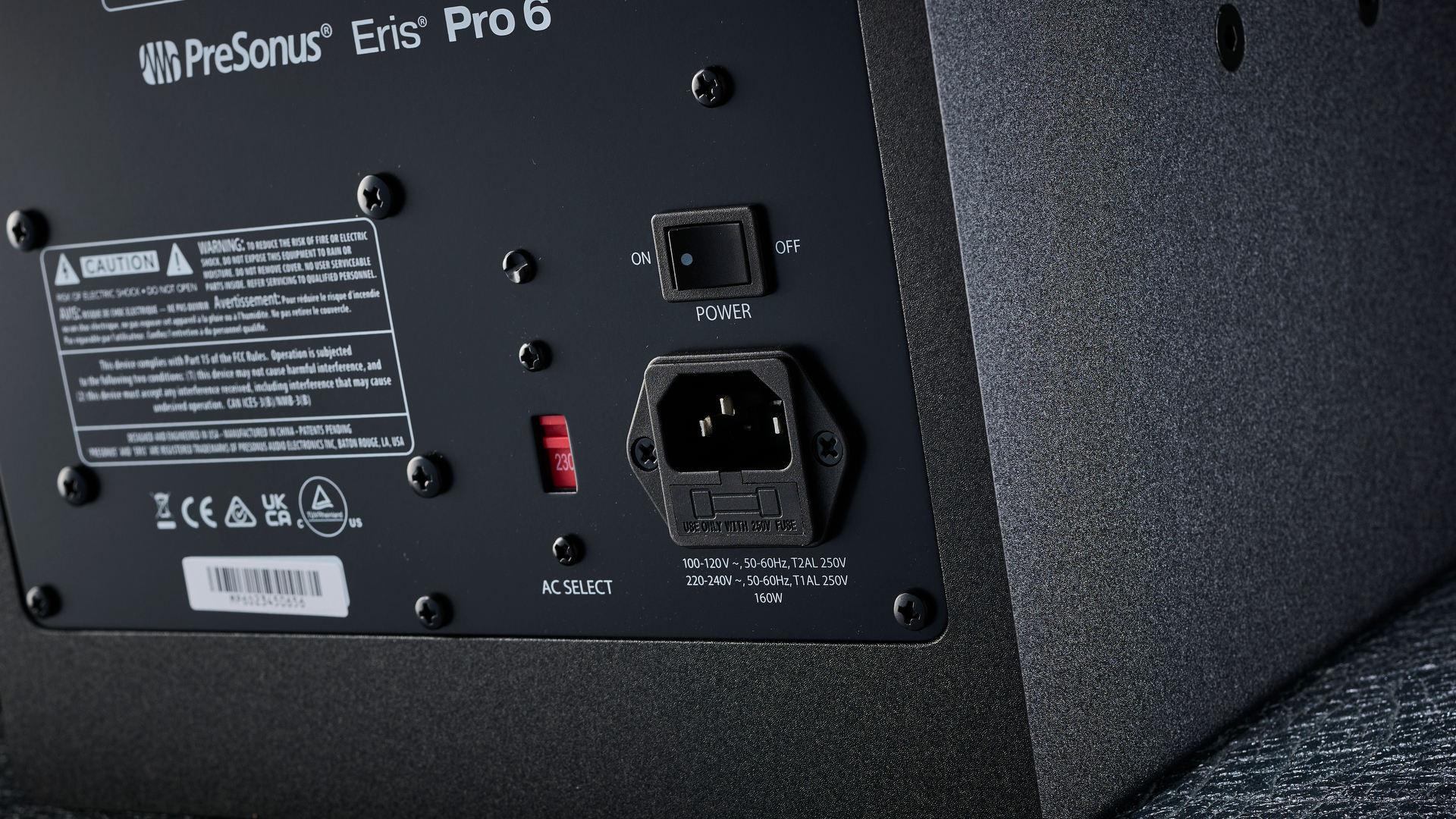
The Eris Po 6's front ported design is another good choice for desks positioned near walls, as desks tend to be. Moving round the back of the speaker, the ¼” and XLR inputs are found along with an RCA input, covering all the bases most would reasonably need. The expected IEC cable and the controls for acoustic tuning sit here too.
All these controls and inputs feel sturdy and built to last, so aside from the aesthetics, which are, of course, entirely subjective (I like them), the build quality leaves nothing to complain about.
All the latest guitar news, interviews, lessons, reviews, deals and more, direct to your inbox!
Usability
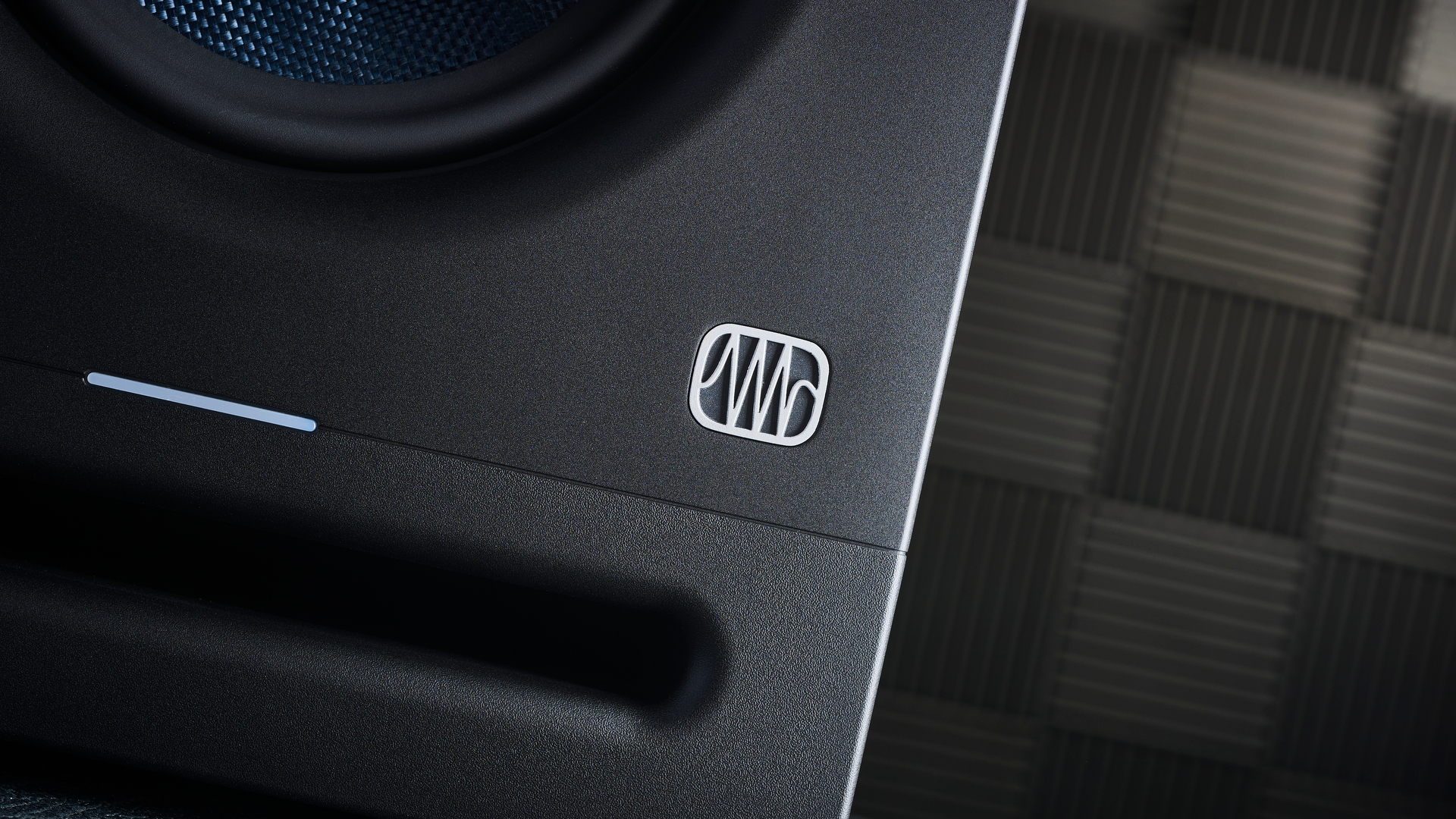
Usability rating: ★★★★★
Using speakers should be a simple affair with not much to get the head around, as long as the user understands what goes where. For this, PreSonus provides some foolproof labels, meaning that even the most inexperienced of audio enthusiasts won't have any trouble hooking these up.
A touch I always appreciate is a notch within an EQ control’s sweep to indicate when the control is set flat. On the PreSonus Eris Pro 6, we have two rotary controls that give us + and - 6 dB on the treble and mid frequencies and work exactly as expected.
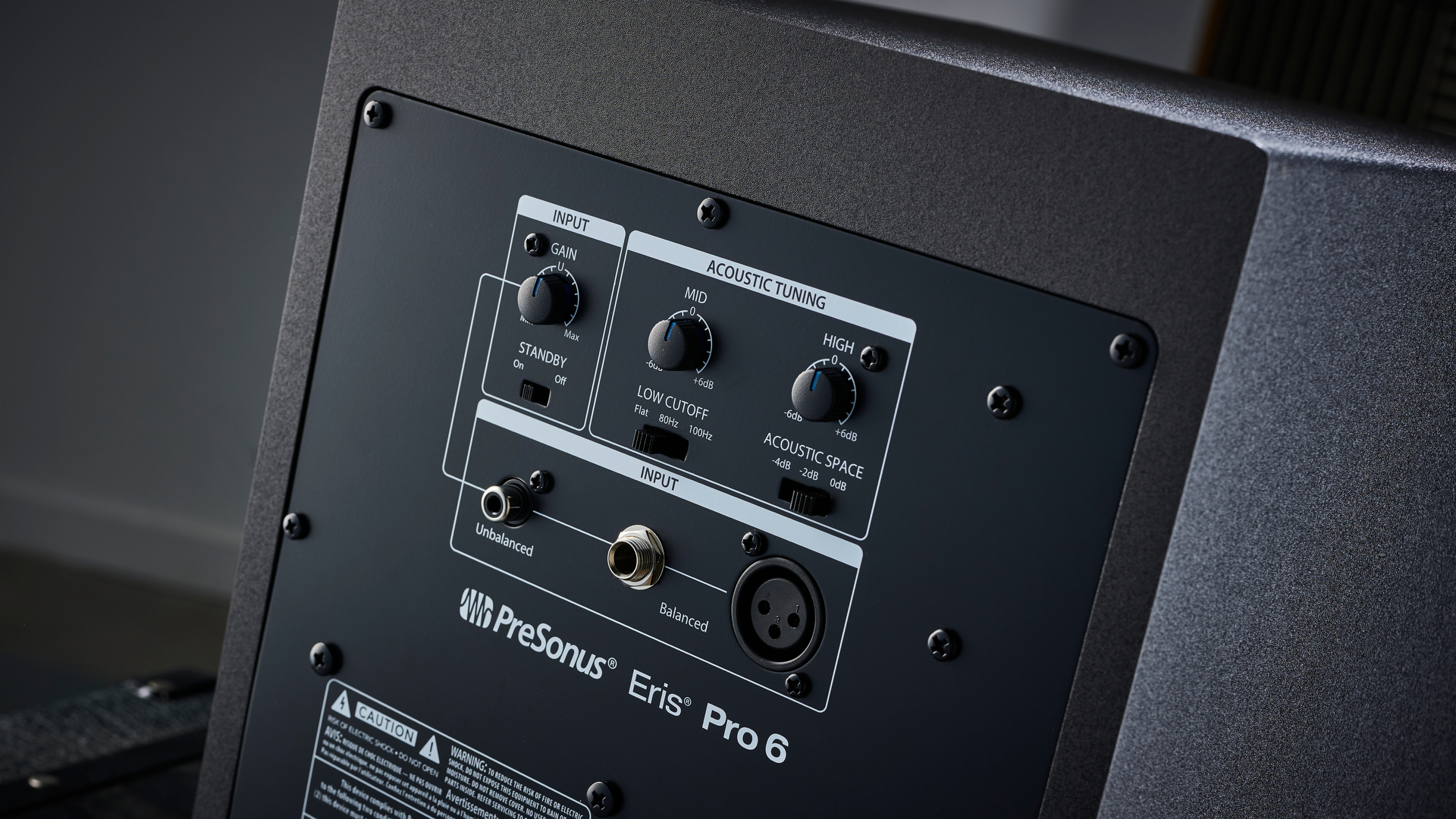
The low end is served with two slider switches, one of which is a Low Cut set at 80 Hz, or 100 Hz, and the other being an ‘Acoustic Space’ specifically designed for dealing with circumstances where the monitors are set up close to walls. This function is well explained within the manual, and upon operation, seemed to be adding additional control to the low end in order to compensate for the type of bass that can reflect off walls and make mixing a little tricky.
The combination of these things makes for an easy-to-use to use piece of gear, with a well-designed suite of simple controls that allow for straightforward dialing in for most rooms.
Sounds

Sounds rating: ★★★★☆
The most important part - how do they sound? To test this, I recorded and mixed some music I've recently tracked via a PreSonus Quantum HD2 interface I also had in for review, as well as playing through a collection of songs I am very familiar with. I also used a pair of KRK Rokit RP5s for comparison, a cheaper set of speakers from which the PreSonus Eris Pro 6s should be a significant step up.
And a step up they indeed are. What I find is a high-end that's well-rounded and clear, devoid of any sense of tiny-ness that can be present in cheaper speakers. The same can be said of the mid-range, providing a very pleasing listening experience.
Making the process of mixing guitars and vocals very rewarding
This clarity is incredibly important when it comes to mixing. Recording guitars with my Line 6 Helix, the track I put together for this test is quite guitar-heavy (this is Guitar World after all), and managing the busy mid-range in this type of mix can be a little tricky. However, the tweaks I made were well represented by the Eris Pro 6's accurate response, making the process of mixing guitars and vocals very rewarding.

Where I feel the PreSonus Eris Pro 6 speakers warrant a little criticism is in the low end. Mixing bass and listening to bass-heavy mixes such as Muse’s Supermassive Black Hole reveals a touch of muddiness here, but not in a way that affected the rest of the mix. Low frequencies were still present and accounted for, they just lacked a little clarity.
The PreSonus Eris Pro 6 is at a competitive price point, so if there is some budget left, the issue could be solved by adding a subwoofer such as the Eris Pro Sub 10 to handle the low end.
Bringing it back to the point made at the top of the review, it’s a horrible feeling when hours are spent recording and mixing to find that all the hard work does not translate outside of the speakers on which the mixing was done. I'm happy, in this very exposing test, the Presonus Eris Pro 6’s passes with flying colours.
Testing my mix completed on the Pro 6s in the car, phone, tablet and on the KRK’s, the track sounded as intended on each device, proving the Presonus Eris Pro 6 as a great choice for a studio reference monitor.
Verdict
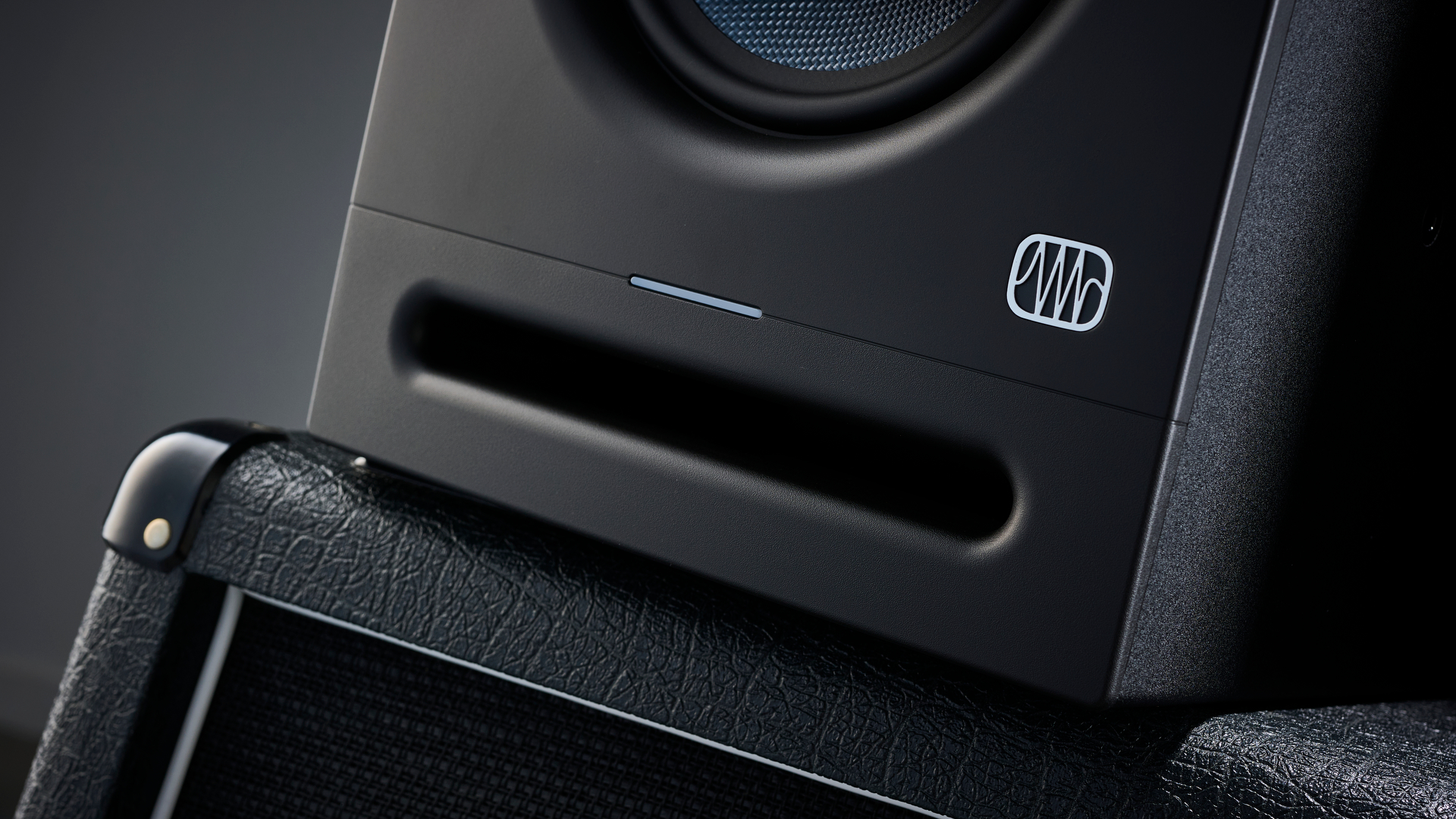
The PreSonus Eris Pro 6 proves to be a capable and enjoyable speaker as both a listening device and a reference monitor for audio work. No mean feat given the exposing nature of testing via mixing audio in a recording.
A great addition to any home studio
Whilst I did find an issue with low-end clarity, this could be solved with the addition of a sub, and this test pair still proved to be well capable of providing a reference for mixes on their own, making the PreSonus Eris Pro 6 an excellent speaker worthy of any home studio.
Guitar World verdict: The PreSonus Eris Pro 6 is a speaker that, whilst lacking a little clarity in the low end, excels in every other aspect, providing a great listening experience and a valuable reference for mixing in a home studio.
Test | Results | Score |
|---|---|---|
Build quality | Solid build with nothing to fault. | ★★★★★ |
Usability | Simple operation with a well labeled I/O - plug and go. | ★★★★★ |
Sounds | Great sound all round, with just a little hint of mud in the low end. | ★★★★ |
Overall | A great companion for mixing audio and general listening, with just a small criticism concerning the low end clarity. | ★★★★½ |
Also try
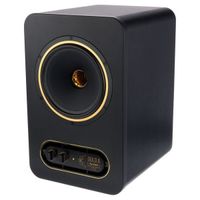
Tannoy Gold 5 - $329/£279/€319
A 5" model from Tannoy, another of the small collection of speakers at this price point that use a coaxial design.
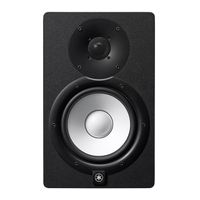
Yamaha HS7 - $349/£190/€225
Utilizing a 6 1/2" woofer, the HS7 is a comparable offering from Yamaha at a slightly more affordable price point with a more traditional woofer and tweeter design
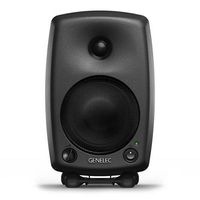
Genelec 8030C - $695/£479/€569
Looking at the higher end of things, the Genelec 8030C focuses on getting performance out of its 5 1/8" speaker housed within a tiny package
Hands-on videos
PreSonus
Sweetwater

You must confirm your public display name before commenting
Please logout and then login again, you will then be prompted to enter your display name.
